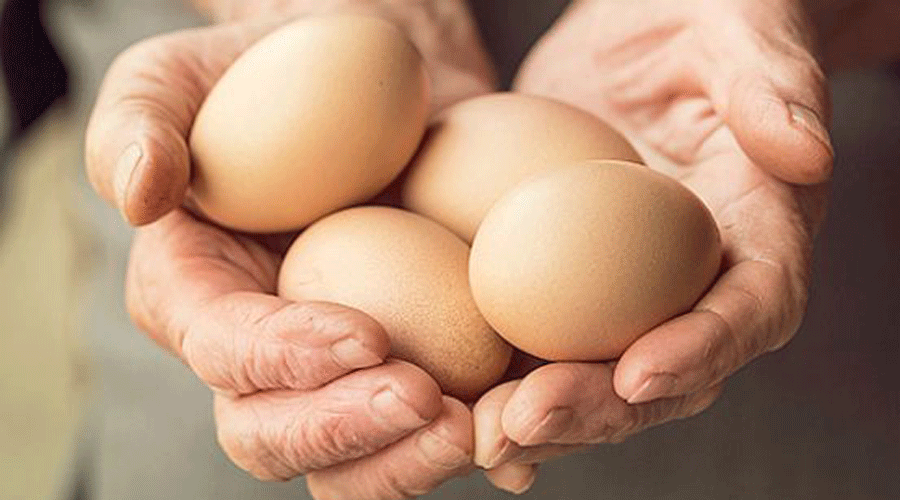Bengal is aiming for self-sufficiency in egg production by December 2023 and will explore opportunities to export the surplus.
Addressing an event organised by the Bengal Chamber of Commerce and Industry on Monday, Pradip Mazumdar, adviser to the chief minister’s office, Bengal, on the agriculture and allied sector, said the government officials met industry stakeholders a couple of days back to explore growth opportunities in alternative crops.
“We used to produce 1 crore 20 lakh eggs on an average daily basis in 2011. This has been scaled to 3 crore eggs on an average daily. Even then, with increased demand, there are another 65 lakh eggs daily, which are still being sourced from other states on average.
“Our aim is to scale the production up to 4 crore eggs on an average daily basis by December 2023,” said Mazumdar.
This will cover the eggs currently sourced from Andhra Pradesh and the state can subsequently consider export possibilities. He added that the Bengal government is already incentivising the industry to produce more eggs.
The industry remains optimistic about the production target.
“We should be able to achieve the target. But to make the production of eggs in the state sustainable, there is a need to scale up animal feed production and bring down costs which the state is looking to do,” Madan Mohan Maity, general secretary, West Bengal Poultry Federation, told The Telegraph.
He added that the poultry feed costs are still 15-20 per cent more in Bengal than in Andhra Pradesh as much of the raw materials are being sourced from other states. High fuel costs are another factor adding to the cost of feed.
“In Bengal around 40-45 per cent of the required raw material is available and the remaining is still being sourced from outside. If we are able to produce more locally, we should be able to bring down the cost. The industry has urged the government to look into it,” Maity said.











